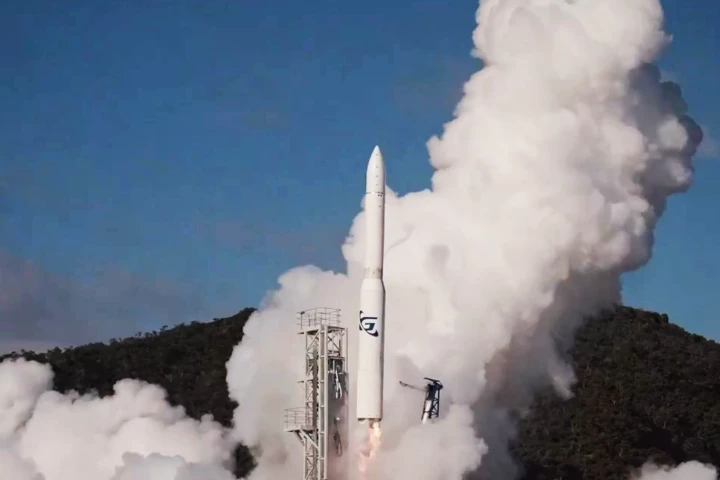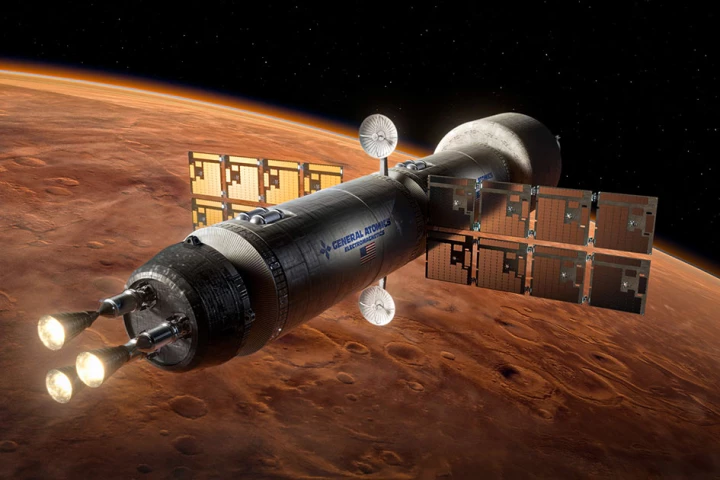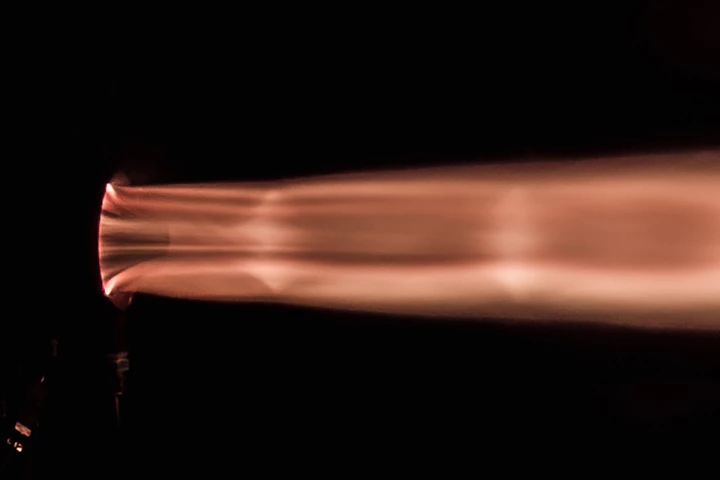Rocket
-
As private companies make spaceflight routine, Earth’s upper atmosphere has become a testing ground with each launch leaving residues that react with ozone, thinning the layer that shields life below. It’s a problem scientists are just beginning to quantify.
-
In a bit of an oops, Australia's return to space after almost 54 years hasn't exactly gone to plan. On July 30, 2025 at the Bowen Orbital Spaceport in North Queensland, Gilmour Space Technologies' Eris rocket crashed just 14 seconds after launch.
-
Northrop Grumman has successfully ground tested the motor that could be used for the historic first orbital rocket launch from another planet. The solid rocket booster is intended to help return the first geological samples from the planet Mars.
-
Maybe cars, trucks, and motorcycles aren't exciting enough, because Honda is moving into space vehicles. The company has announced that it has successfully flown a reusable rocket to an altitude of almost 300 m (1,000 ft) and then safely landed it.
-
It seems too good to be true, but UK-based Pulsar Fusion has revealed its new Sunbird self-contained nuclear rocket tug that uses a fusion propulsion engine that could reduce a trip to Mars to under four months and Pluto to under four years.
-
Continental Europe's first attempt at an orbital space launch ended shorter than expected after Isar Aerospace's Spectrum rocket returned to Earth with a bang 30 seconds after lifting off only to crash and explode in the Norwegian Sea next to the pad.
-
General Atomics Electromagnetic Systems (GA-EMS) has successfully tested the nuclear fuel that may one day propel and power the spacecraft of the future. The trials verify that the fuel can survive the harsh environment of a nuclear rocket reactor.
-
Another major contender has entered the launch business as Blue Origin's New Glenn rocket roared into orbit today. At 2:03 am EST, the heavy launcher lifted off from Launch Complex 36 at Cape Canaveral Space Force Station, Florida.
-
Showing how far AI engineering has come, a new aerospike engine burning oxygen and kerosene capable of 1,100 lb (5,000 N) of thrust has successfully been hot-fired. It was designed from front to back using an advanced Large Computational Engineering Model.
-
In a feat that can only be described as legendary, and after many months and a catastrophic setback, Polaris Spaceplanes has finally accomplished something that's never been done before: lit the fuse of an aerospike rocket in flight.
-
Rocket Lab's Neutron is the largest composite rocket ever made. It used to take a large team several weeks to hand-layer that much carbon fiber – but with the company's new Automated Fiber Placement (AFP) machine, it can now be done in a single day.
-
The most abundant metal known to man is iron. It's everywhere. Not just on Earth, but in space as well. Astro engineers have just figured out how to use iron – or nearly any metal for that matter – as plasma rocket fuel.
Load More











